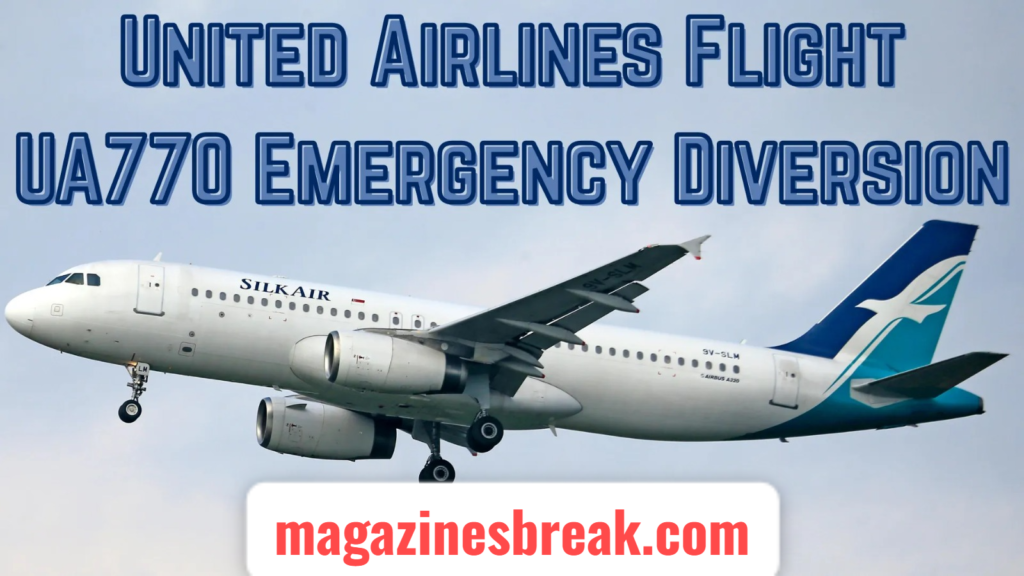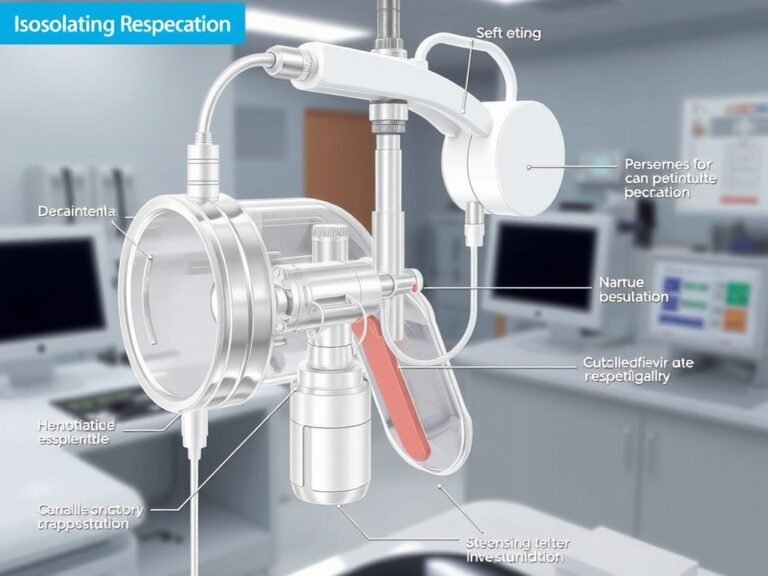
What Happened Aboard UA770?
On July 15, 2025, United Airlines Flight UA770—a scheduled flight from Newark to Los Angeles—was suddenly diverted mid-flight due to a medical emergency and system alert. The aircraft made an unplanned but safe landing United Airlines Flight UA770 emergency diversion at Denver International Airport. Over 180 passengers were onboard the Boeing 737-900ER when the situation unfolded, and the quick action by the flight crew ensured a controlled and secure emergency landing. The situation quickly gained media attention due to its dual-trigger nature: a passenger requiring urgent medical care and an Environmental Control System (ECS) warning.
Route Details and Aircraft Information
Flight UA770 typically travels from Newark Liberty International Airport (EWR) to Los Angeles International Airport (LAX), covering around 2,450 miles. The aircraft used was a Boeing 737-900ER, known for its range and safety features. On this particular flight, things were normal for the first two hours until an elderly passenger lost consciousness, prompting a sudden shift in the flight plan.
Medical Emergency Mid-Air
The main concern that led to the diversion was a medical emergency involving a 67-year-old male passenger. According to those onboard, the man collapsed without warning. Flight attendants responded immediately, and luckily, a medical professional was onboard who stepped in to provide aid. At the same time, the cockpit received a warning from the ECS, a system responsible for managing cabin pressure and airflow. Although not life-threatening, the warning was enough to trigger emergency protocols.
Emergency Landing in Denver
Upon receiving clearance, the pilots initiated an emergency descent toward Denver International Airport. The crew made an announcement and followed FAA safety procedures to prepare the cabin. The plane landed safely at around 11:35 AM local time, where emergency services were already waiting. The passenger was taken to a local hospital and was later reported to be in stable condition.
Passengers React Calmly
Despite the tension, passengers onboard remained surprisingly calm. Many took to social media afterward to praise the crew’s handling of the situation. “The flight attendants were professional, and the pilot explained everything,” said one traveler. Others described the cabin as tense but orderly. Thanks to the crew’s calm response and training, panic was completely avoided.
Technical Investigation: ECS System Alert
While the medical emergency was the top priority, the ECS alert also prompted concern. Post-landing inspections by maintenance teams found that the alert was likely due to a faulty sensor, not an actual pressure issue. The flight was delayed for a few hours while engineers ensured the plane was safe to continue flying. Later, United Airlines confirmed that there was no critical system failure.
Official Statement from United Airlines
United Airlines issued a statement following the incident:
“Flight UA770 diverted to Denver due to a medical situation onboard and a minor technical alert. Our crew followed all safety procedures, and the aircraft landed safely. We thank our passengers for their understanding and patience.”
Passengers were provided with rebooking options, hotel vouchers (where needed), and complimentary food and drinks during the wait.
FAA Monitoring and Standard Procedure
The Federal Aviation Administration (FAA) was notified of the diversion as part of routine post-diversion protocol. No investigation United Airlines Flight UA770 emergency diversion was launched, as no safety violation occurred. The airline shared black-box data and flight logs, confirming all procedures were followed precisely.
Timeline of Key Events
| Time (Local) | Event |
| 8:42 AM | UA770 takes off from Newark |
| 11:00 AM | Medical emergency onboard reported |
| 11:10 AM | ECS alert triggers system check |
| 11:15 AM | Diversion to Denver initiated |
| 11:35 AM | Safe landing at Denver |
| 11:45 AM | EMS boards plane |
| 12:30 PM | Passengers assisted & rebooked |
Reactions from Aviation Experts
Experts in the aviation sector applauded the decision to divert, stating that dual risks (medical + technical) require immediate action. “You can’t gamble at 35,000 feet,” one expert noted. The ECS issue, while minor, added enough uncertainty that landing at the nearest hub airport was the right call.
Lessons for Airlines and Travelers
This incident shows that air safety is not just about flying, but also how emergencies are managed. Crew training, clear communication, and fast action turned a potentially stressful event into a textbook example of aviation professionalism. Passengers were not only safe but also well-informed and supported throughout.
Passenger Support After Landing
Passengers affected by the delay received 5,000 bonus miles as a goodwill gesture and had access to customer service teams for immediate rebooking. Most resumed their journey the same day. The passenger who needed medical care received attention quickly thanks to Denver’s emergency response team.
Final Thoughts
The United Airlines Flight UA770 emergency diversion proves how quickly a routine flight can turn into a challenging situation. Thanks to well-executed protocols, the professionalism of the crew, and the preparedness of the airline, all passengers arrived safe and sound—even if slightly delayed. This serves as a reminder that emergencies are best managed by calm minds and clear systems in the air.
5 Important Takeaways
- UA770 diverted due to a medical emergency and ECS system alert.
- The aircraft landed safely at Denver International Airport.
- Affected passenger received medical attention and was stabilized.
- No mechanical failure was found during post-landing checks.
- United Airlines provided full support and rebooking services.
FAQs
Q1: Why did Flight UA770 divert mid-air?
It diverted due to a combination of a medical emergency and a cabin system alert. Safety procedures required a precautionary landing.
Q2: Was the ECS system malfunction dangerous?
No. It was a minor alert likely caused by a sensor issue. It posed no immediate danger but warranted inspection.
Q3: Were passengers delayed for a long time?
Most passengers continued their journey within 6–8 hours after safe landing and received assistance from United Airlines.



